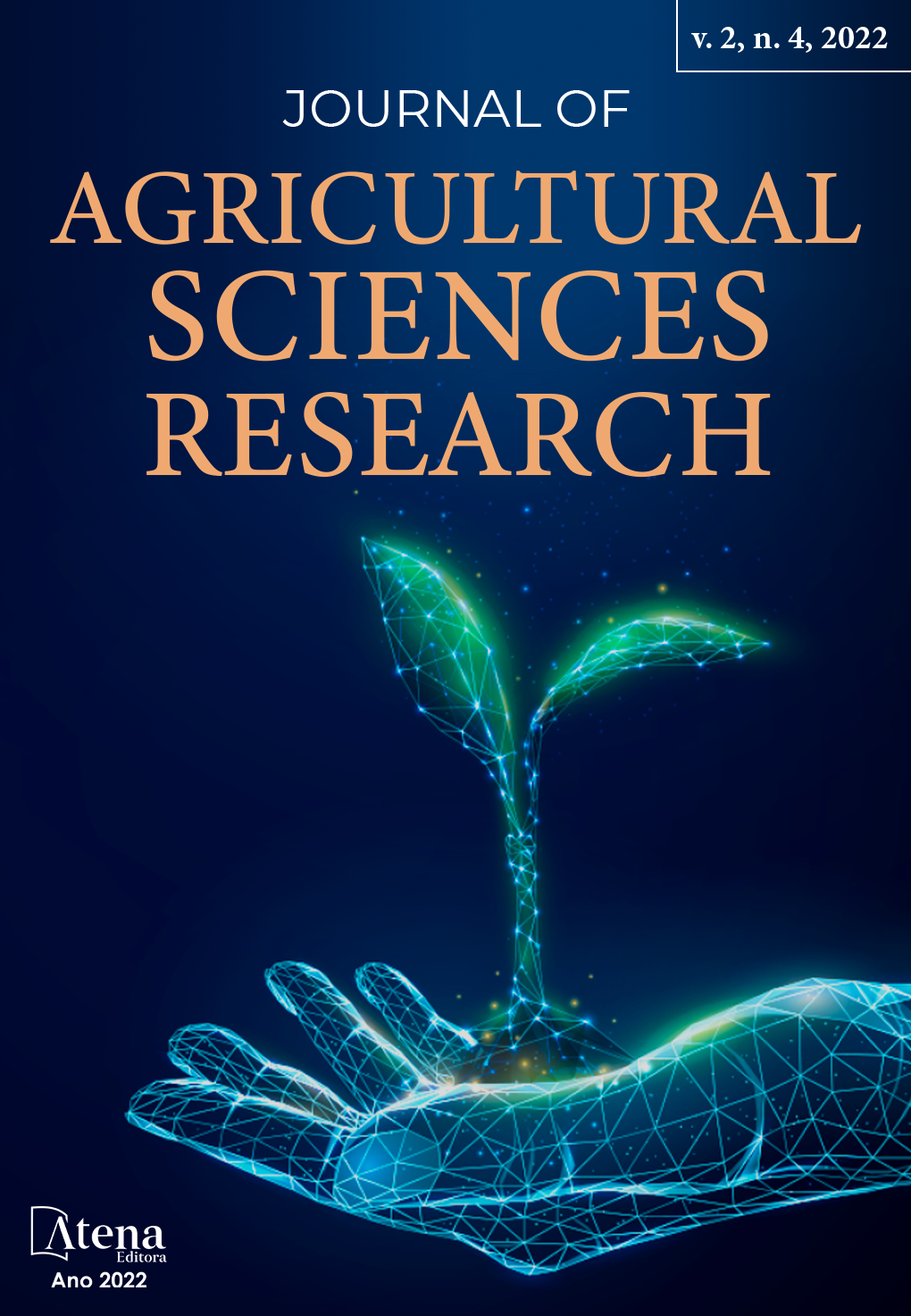
AGRICULTURE AND BIODIVERSITY GENERATION OF WILD FAUNA IN ORGANIC CANE PLANTS
Studies on the role of agricultural areas in the conservation of wild fauna are still quite scarce. The managements used in these systems exert a differentiated discrimination on the composition and structure of the faunal stands. Today, with the new agricultural techniques such as direct planting, organic agriculture, biological pest control, there is an expansion of the possibilities of gaining wild species and increasing biodiversity. This research project was developed by the EMBRAPA Territorial team and collaborating researchers specializing in wild fauna and aimed to detect and characterize the biodiversity of vertebrates in a delimited territory. The study area comprises a set of farms with 7,868 hectares under organic cultivation and ecological management, located in the region of Ribeirão Preto, SP. Almost three decades ago, Usina São Francisco initiated processes of ecological restoration of the surrounding environments of the sugarcane plantation areas in an organic production system, in addition to the preservation of the remnants. The significant increase in biodiversity over the years was the result of the spatial emergence of the flora and the complexity of the vegetation restored in the Permanent Protection Areas. Campaigns for data collection and fauna monitoring were carried out throughout the year and over the years, the results confirmed the effectiveness of the methods used. A total of 341 species of wild vertebrates were recorded and identified in the set of ten sampled environments (27 amphibians, 25 reptiles, 246 birds and 43 mammals), of which 49 of the species are considered or are under some risk or threat of extinction in the state of São Paulo . The methodological itinerary adopted to assess faunal biodiversity allowed achieving the research objectives and proved to be fully adequate. The results obtained so far indicate that cultivation in organic systems, associated with ecological management, has increased faunal biodiversity.
AGRICULTURE AND BIODIVERSITY GENERATION OF WILD FAUNA IN ORGANIC CANE PLANTS
-
DOI: 10.22533/at.ed.973242202057
-
Palavras-chave: organic agriculture, wild fauna, endangered species.
-
Keywords: organic agriculture, wild fauna, endangered species.
-
Abstract:
Studies on the role of agricultural areas in the conservation of wild fauna are still quite scarce. The managements used in these systems exert a differentiated discrimination on the composition and structure of the faunal stands. Today, with the new agricultural techniques such as direct planting, organic agriculture, biological pest control, there is an expansion of the possibilities of gaining wild species and increasing biodiversity. This research project was developed by the EMBRAPA Territorial team and collaborating researchers specializing in wild fauna and aimed to detect and characterize the biodiversity of vertebrates in a delimited territory. The study area comprises a set of farms with 7,868 hectares under organic cultivation and ecological management, located in the region of Ribeirão Preto, SP. Almost three decades ago, Usina São Francisco initiated processes of ecological restoration of the surrounding environments of the sugarcane plantation areas in an organic production system, in addition to the preservation of the remnants. The significant increase in biodiversity over the years was the result of the spatial emergence of the flora and the complexity of the vegetation restored in the Permanent Protection Areas. Campaigns for data collection and fauna monitoring were carried out throughout the year and over the years, the results confirmed the effectiveness of the methods used. A total of 341 species of wild vertebrates were recorded and identified in the set of ten sampled environments (27 amphibians, 25 reptiles, 246 birds and 43 mammals), of which 49 of the species are considered or are under some risk or threat of extinction in the state of São Paulo . The methodological itinerary adopted to assess faunal biodiversity allowed achieving the research objectives and proved to be fully adequate. The results obtained so far indicate that cultivation in organic systems, associated with ecological management, has increased faunal biodiversity.
-
Número de páginas: 7
- José Roberto Miranda


